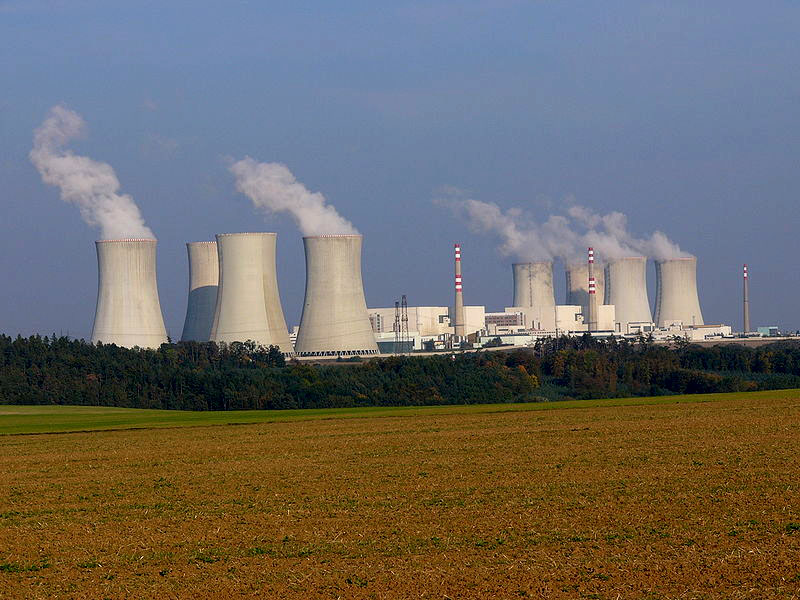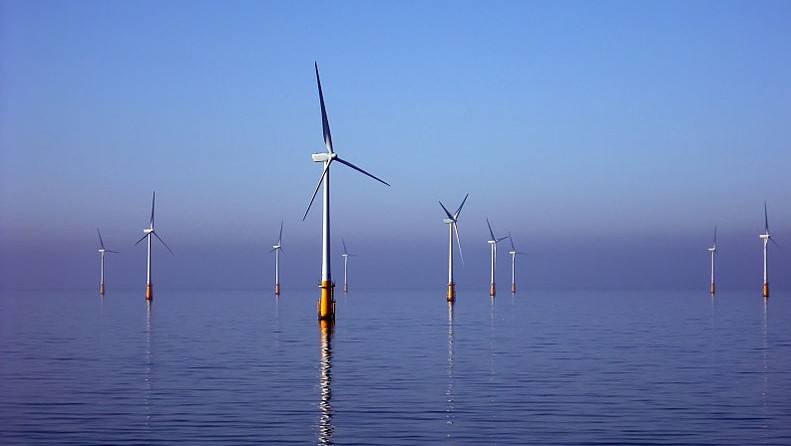Experts tell Oireachtas Committee of concerns over UK’s planned nuclear expansion

May 1st, 2018
Irish and International experts warn Oireachtas Committee about serious deficiencies in the UK’s assessment of plans to expand its nuclear power program and the potential impact on Ireland.
Speaking in front of the Joint Committee on Housing, Planning and Local Government this afternoon Professors John Sweeney and Stephen Thomas outlined their concerns with the UK’s risk assessment and design for Hinkley Point C.
Hinkley Point C is one of eight new nuclear power plants proposed as part of the UK’s expansion of its nuclear programme, five of which are planned for the west coast of the UK facing Ireland. The multi-billion euro Hinkley project is set to be located less than 250km from Rosslare.
Attracta Uí Bhroin, Facilitator of the Environmental Law Implementation Group at the Irish Environmental Network, also highlighted a “lack of proactive engagement” from the Irish State to secure consultation rights for the Irish citizens on these issues.

Nuclear power plant Dukovany, Czech Republic. Photo Petr Adamek
Radioactive Emissions and Waste
Climatologist and Emeritus Professor of Geography at Maynooth University, John Sweeney, set out issues concerning the UK’s initial submission on radioactive emissions and waste to the EU body regulating the nuclear industry in Europe, EURATOM.
Despite the UK’s acknowledgment that Ireland was the nearest country to the plant, we were entirely omitted from the consideration of the severe accident scenario examined in the UK’s submission, Prof Sweeney said.
He warned that “several serious issues” concerning potential transboundary impacts on Ireland were “inadequately considered” in the UK’s assessment and “give cause for concern”.
He pointed to the “insufficient” use of only three years of wind data to model the wind climate as “highly suspect”, especially as the World Meteorological Organisation recommends that climate averages are computed over a 30 year period of consecutive records.
He said that he was also concerned with the UK’s determination of extreme high water levels at the Hinkley site, which he said “fail to take account of climate change” and projected sea level rise.
Pro Sweeney added that the UK’s estimates that the difference between the annual return period and the once in 10,000 years return period for high water is 1.3m was of “unsound nature” and “cannot be considered credible”.
He added: “The UK’s principal tide gauge is located relatively close by [to Hinkley] at Newlyn in Cornwall where sea level rise is presently occurring at 3.8mm/year. Also, the IPCC report is virtually certain that global sea level rise will continue for many centuries, with ultimate rises of up to 3m possible.”
The UK’s submission also omits information on a known flood risk at Hinkley from 2010 onwards, and becoming high by the 2080s, he added. This information has been available to the UK government for years as highlighted by documents released to The Guardian under a Freedom of Information request in 2012, he said.

Pictured are (LtoR) Patrick Kent, President of the Irish Cattle and Sheep Farmers’ Association, Attracta Uí Bhroin, Environmental Law Implementation Group, Eamon Ryan, TD, Green Party Leader, Green Party Senator Grace O’Sullivan and Dr John Sweeney, Emeritus Professor of Geography at the National University of Ireland Photo: Sasko Lazarov/Photocall Ireland
Concerns with Hinkley Project Infrastructure
Emeritus Professor of Energy Policy at the University of Greenwich, Professor Stephen Thomas, told the Committee that there are “serious project issues” including technical design and manufacturing issues, “spiralling” costs and delays.
The Hinkley plant is set to have two European Pressurised Water Reactors (EPRs), a technology that Prof Thomas says is “suspect” and has an “unproven design”.
“No EPR is in service, completion of all four under construction globally is significantly delayed and costs have overrun,” he said, pointing to the proposed Flamanville plant on the north coast of France that is now seven years late and more than three times over budget.
The reactor design at Flamanville’s is the same as the one set to be used at Hinkley Point C, with both projects run by the French state-owned firm EDF Energy.
Prof Thomas added that the reputation of both Flamanville and Hinkley’s supplier “is in tatters” after it emerged in 2015 that parts of the safety-critical reactor vessel supplied to Flamanville did not meet specification, he said.
The French nuclear safety regulator, ASN, ordered the company to review its quality control procedures and “it has emerged that quality control documentation had been falsified at Creusot” for several decades, he added.
In April 2018, EDF Energy also announced that up to 150 welds in key parts of Flamanville did not meet the required specification. Prof Thomas added: “This has created major concerns about parts manufactured there for nuclear plants in France and elsewhere.”

Attracta Ui Bhroin, Environmental Law Implementation Group Photo: Sasko Lazarov/Photocall Ireland
Lack of Public Consultation
Ms Uí Bhroin outlined how the Irish public is only now being consulted on the project some five years after permission was granted to the plant because of intense legal arguments brought by Irish environmental NGOs.
Ms Uí Bhroin said that the experts’ concerns are “not about panicking people or causing unnecessary concern” but about “ensuring the legal rights of the Irish public are upheld”.
The Espoo Convention sets out the obligations of Parties to notify and consult each other on all major projects under consideration that is likely to have a significant environmental impact across boundaries. The Implementation Committee of the Convention recently found the UK in breach of its consultation obligations under the convention.
“It is about ensuring we engage proactively and collectively to do all that is necessary to ensure the health of our citizens, our environment, and our economic interests are best protected,” she added.
She outlined the potential impact to Ireland, pointing to a 2016 ESRI report that estimated economic losses of €4 billion in a scenario where there’s a nuclear incident but no radioactive contamination.
She added that the report “conservatively” estimates a “discounted economic loss to Ireland” of €161 Billion from a serious nuclear event anywhere in North West Europe close to Ireland. In this scenario, the report refers to agriculture as being “lost”.
“This is of course not just a major economic consideration – but one which would impact the very fabric of rural society in Ireland, even if the worst effects on the human population can somehow by avoided,” she warned.
[x_author title=”About the Author”]






